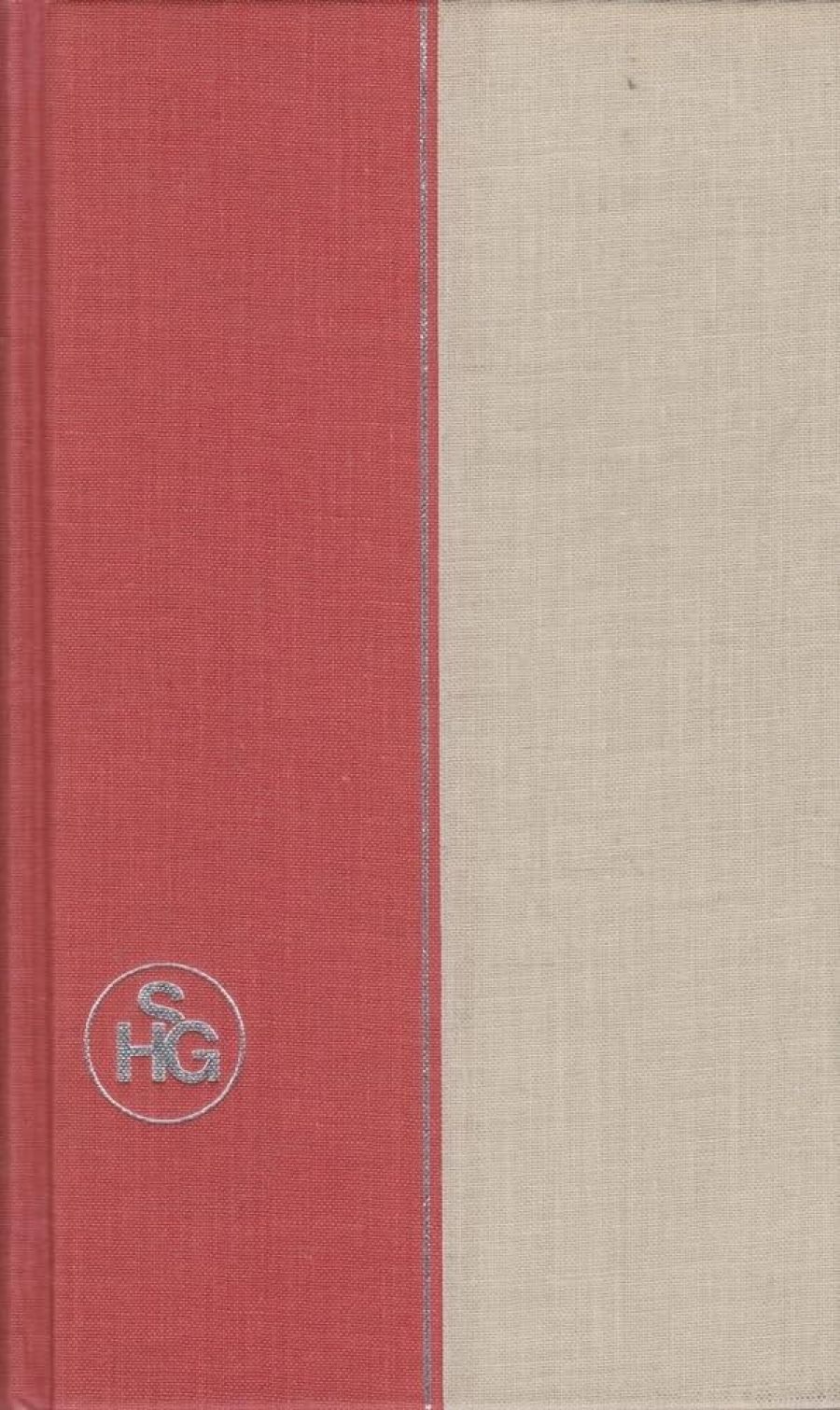
- Free Article: No
- Contents Category: History
- Review Article: Yes
- Article Title: Images and Perceptions
- Online Only: No
- Custom Highlight Text:
Although many studies have documented the movement of Europeans to, and their impact upon, their ‘New World’ of the Americas and Australasia, prior to this book no overview of the Western European perceptions of that New World had appeared. With this book, however, Dr Powell has both provided that overview and suggested how those perceptions need to be considered in more detail in future research into the processes implicit in European settlement of new lands.
- Book 1 Title: Mirrors of the New World
- Book 1 Biblio: ANU Press $13.50
- Book 1 Cover Small (400 x 600):

- Book 1 Cover (800 x 1200):

The first chapter explains the origins and rationale of the study of images (‘eiconics’) – defined by Boulding as the ‘subjective knowledge structure of an individual or organisation’. Drawing upon sociological research, Powell suggests the significance of images of the past, present, and future in decision-making. In the nineteenth century those images were affected by improvements in the technology of communications by which more information (true or false) became available to more people over a shorter time.
The next five chapters consider three major images and three topics of concern evident from the nineteenth century onwards. Socio-economic conditions in the heartland of the migrants are first examined to explain in part the three main attractions of the New World. Where land was apparently cheap and labor expensive both capitalists and landless peasants were told of and recognised opportunities for advancement in a ‘Quest for Arcady’ [LB: sic]. Contemporary medical opinion assured the sick that the new lands were relatively free of traditional diseases such as tuberculosis and malaria and encouraged the ‘Search for Health’. Political opportunists and oppressed minorities looked to the new lands as laboratories for new societies or havens of refuge in the ‘Search for Utopia’.
The process of settlement produced three topics of continuing concern: a conflict with the indigenous inhabitants over territorial claims; stresses between urban and rural life, town and country, [LB: and] civilization and wilderness, which led to the twentieth century concern for ecology; and speculation, often erroneous, on the effects of human activity upon the novel ecosystems confronted in the new worlds. The final chapter reviews the significance of these images and topics and suggests that there is much scope for further investigation of their role not only in explaining the past but also present patterns of human activity.
Criticism of the book arises mainly from the chosen scope of the task. The reliance upon English language sources omits a potentially equally vast and significant imagery from central and eastern Europe, and we now look for a parallel study of Latin America to carry on perhaps where the historian J.H. Parry left off.
Of more concern, however, is the small size of the book and the large size of the subject. To cover the ground in 200 pages the author must move fast, so fast that occasionally his descriptions are either so blurred as to be barely comprehensible (as with the overly brief notes on the group settlement schemes) or so broadly generalised as to border on hyperbole (the mythic islands of the Atlantic) or to involve questionable emphasis (‘an unknown but significant number of British Chartists’).
Yet the overall skill in drawing together the range of sources, the quality of the insights, and the graphic modelling of historical processes here offered, more than compensates for the occupational hazards of a grand design. For grand design it is – a synthesis of facts, ideas, and opinions set in an historical context leading up to, and providing meaningful commentary upon, the present pattern of human activities in the Western World.
Produced with style and written with elan, this may well prove to be Dr Powell’s most stimulating contribution to the understanding of what has been happening in the new worlds over the last 200 years.


Comments powered by CComment